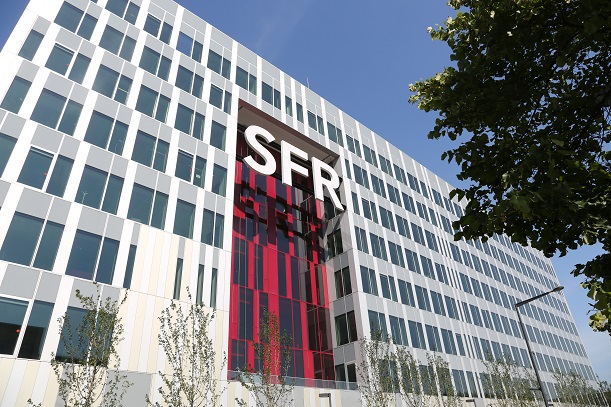SFR is planning to integrate Sigfox technology into its networks in France and overseas, targeting enterprises.
Parent company Altice said the deal complements its telecom offering across the 10 markets it operates in.
Sigfox’s technology has been deployed in 14 countries with more than seven million devices registered. It is one of a range of low-power wide-area network technologies vying to power the likes of smart city networks. The technology provider is aiming to cover more than 30 countries with its network by the end of this year.
Michel Combes, COO of Altice, Chairman and CEO of SFR, said: “We are convinced that the IoT market is an opportunity to seize now, with a global vision. We are talking about billions of connections. We share the same entrepreneurial vision with SIGFOX and the will to conquer new markets. The availability of the SIGFOX network allows us to bring new Internet of Things solutions to our B2B clients.”
Ludovic Le Moan, CEO of SIGFOX, added: “SIGFOX has always been convinced that the IoT requires a new type of connectivity solution, and that our offer would not compete with services offered by cellular operators. We are excited and proud to join Altice and its founder Patrick Drahi, to share this vision, and especially to realise the ambition to make the IoT a major activity for the development of both companies.”
Meanwhile, new research has claimed that public low-power wide-area networks will account for almost two thirds of total end points by 2021, as the focus shifts away from private networks.
ABI Research said there continues to be adoption of private networks, such as Swiss Post and La Poste’s nationwide private LoRa networks in Switzerland, with them accounting for more than 90 percent of connections in 2015.
However, the growth of public LoRa and Sigfox networks, as well as the emergence of NB-IoT technology later this year, will tip the balance towards it, growing at a compound annual growth rate of 56 percent between now and 2021.
Much of this growth will come from smart gas and water metering, thanks to the nature of their low-powered battery operated meters. Private street lighting networks, such as Telensa and its PLANet LPWA solution, will be under pressure from public LPWA networks.
Adarsh Krishnan, Senior Analyst at ABI Research, said: “Standardised cellular LPWA technologies starting with LTE Cat M followed by NB-IoT will witness connections by 2017, as the technologies become commercially available. Public LPWA networks using proprietary technologies will see the strongest surge in connections, boasting an average 56% CAGR through 2021.”
Last week, Orange said it could be 2018 before it launches its first NB-IoT LTE network. The French operator is switching on a LoRa-based network across 16 cities by the end of this month.


